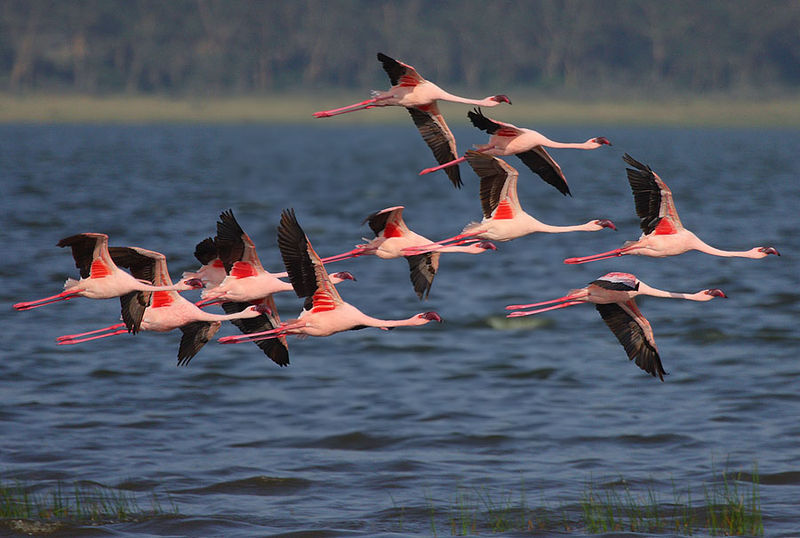The Flamingo Path to Language Learning
 Reading about the death of Nelson Mandela reminded me how during my earlier career as a management consultant I had studied “The Mont Fleur Scenarios” as one of the very interesting case histories of scenario planning.
Reading about the death of Nelson Mandela reminded me how during my earlier career as a management consultant I had studied “The Mont Fleur Scenarios” as one of the very interesting case histories of scenario planning.
The question that was asked in the early nineties, after Mandela had been released from prison, was: What will South Africa be like in the year 2002? You can read about that planning effort in the link above.
But how does it apply to learning a new language?
Learning a language certainly doesn't involve a planning effort that includes many constituencies. It involves mainly YOU. And you are the one to decide which learning path you want to take.
You could take the “Icarus” path, start fast and try to learn rapidly, just to crash and give up, too often the fate of many adult language learners. But there is another scenario:
The Flight of the Flamingos
In the Mont Fleur Scenario, "The Flight of the Flamingos" tried to evoke their slow, gradual take-off. Your language learning scenario should be similar. A "Flamingo" path takes your time constraints and other commitments into account, but still allows you to review and practice regularly, ideally daily.
Practicing 15 -20 minutes daily will be more effective than spending 1-2 hours once a week. Daily practice will move the new words and phrases from your short-term to your long-term memory. And over time and with a good language practice plan, you will progress.
You get the point. There's no need to dwell on other possible scenarios (as in the Mont Fleur case). Remembering “The Flight of the Flamingos” will let you hold the image and remind you that with a realistic and sustainable practice path you indeed can learn a new language!
